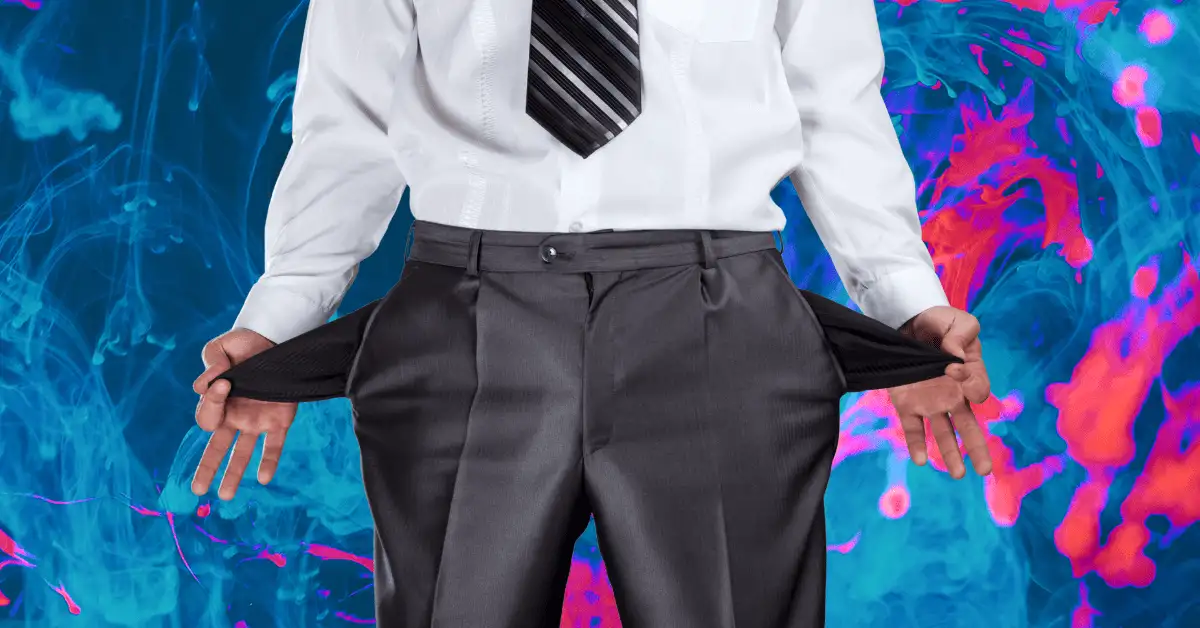
For better or worse, social media makes it impossible to look away
Social platforms are central to the booming protest movement. CEOs who lead them are feeling the heat.
Published:
Updated:
Related Articles
-

-

Looking for Gen Z? Check the group chat
-
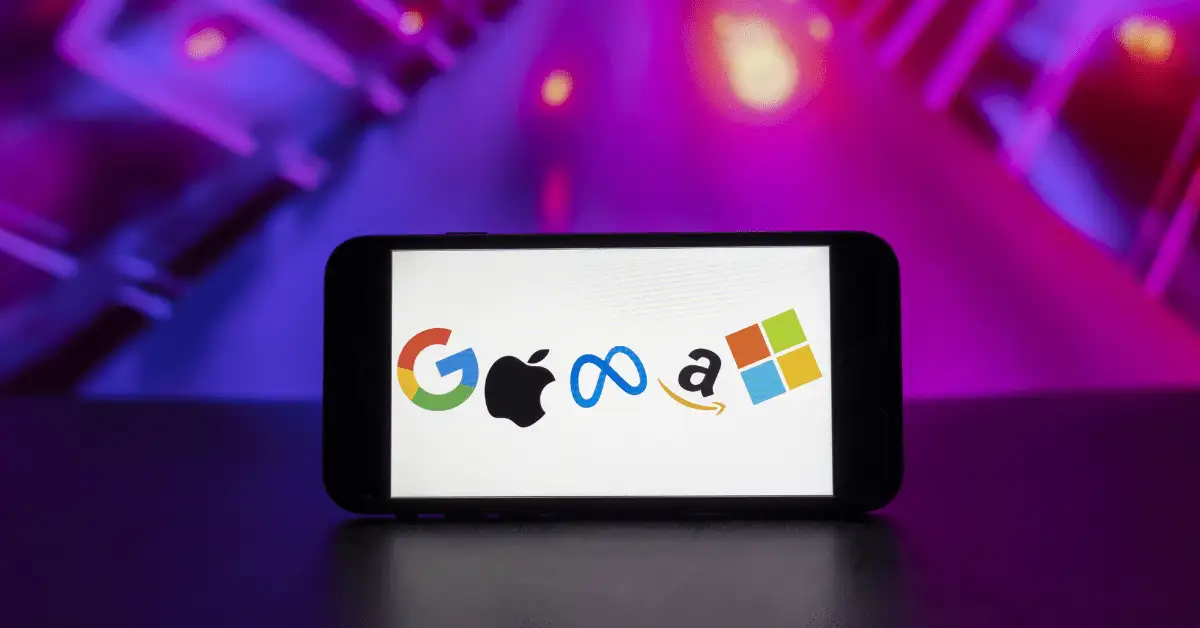
Big Tech power rankings: Where the 5 giants stand to start 2024
-
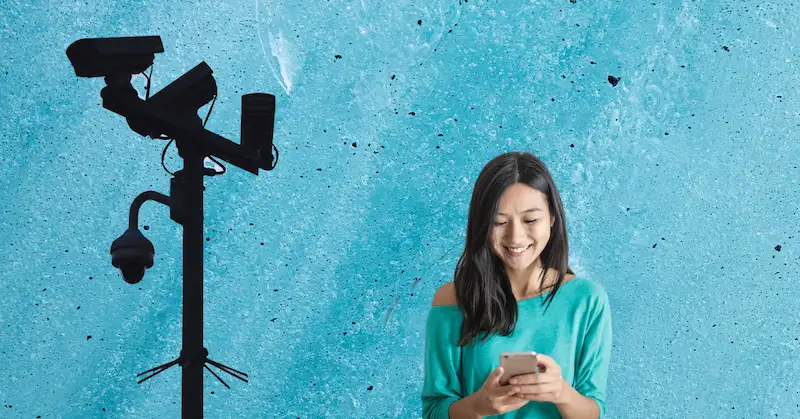
The government can read your push notifications
-

An AI experiment made a surprisingly pleasant Twitter
-
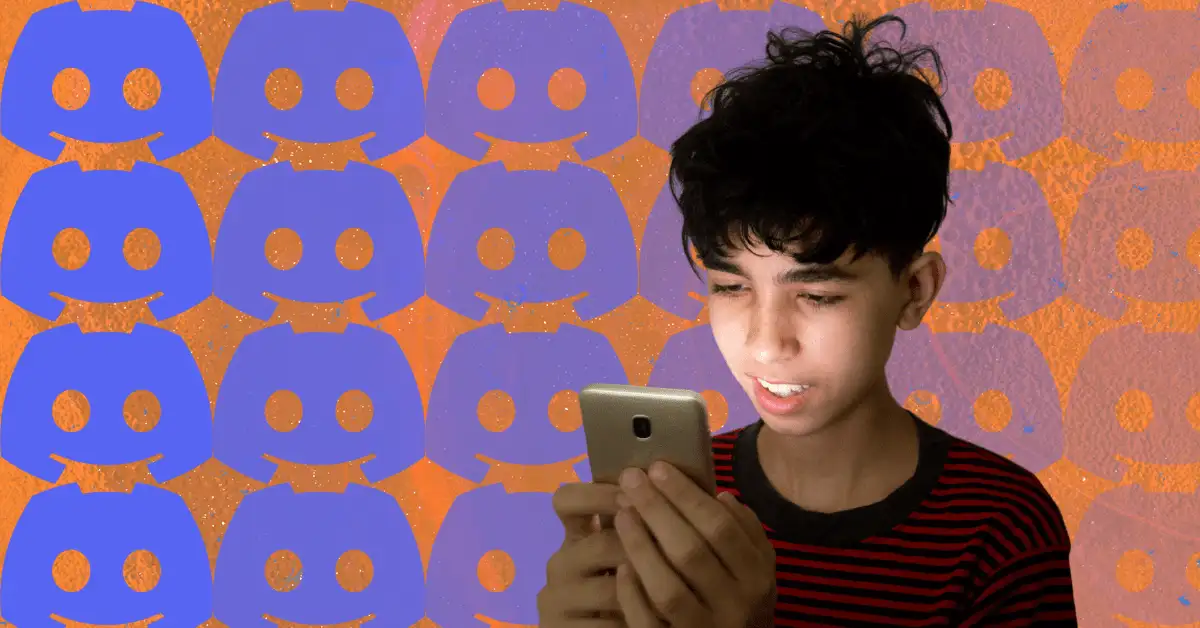
Can Discord clean up the internet’s criminal justice system?
-

Threads’ golden opportunity is here — Meta doesn’t seem too interested in taking it
-
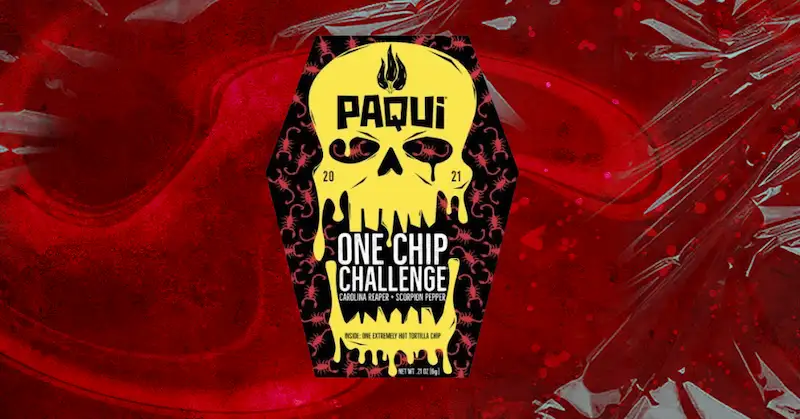
One chip, several problems
-

Avocado guy goes viral again and other weird takes from the extremely wealthy
-
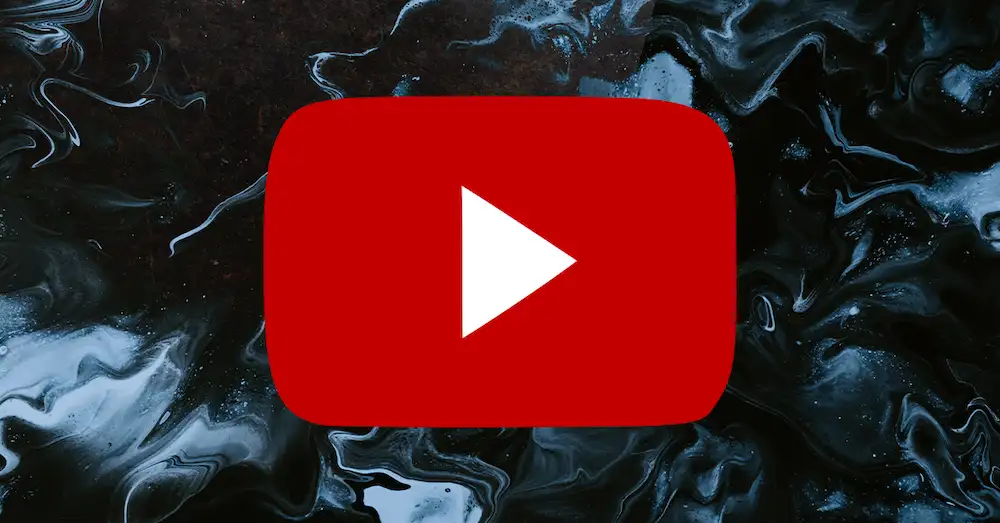
Is chasing TikTok a mistake for YouTube?

